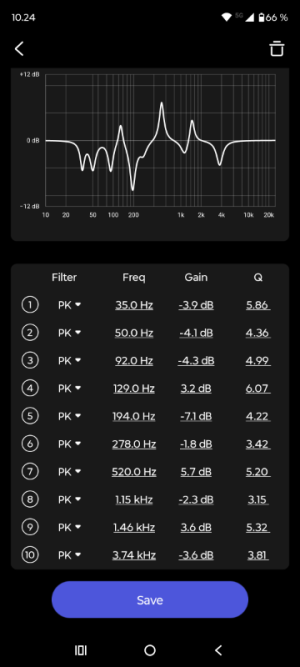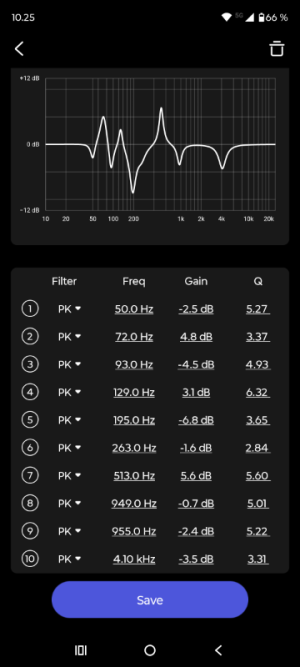Room correction i also find to be a tool for getting a flatter sound (not to bright sound)
With a sub, flat target curve is very bright but B&K gives me more bass and a less bright sound then flat and is what i use
Do to the 3 target curve you not limited to a fixed target curve so you can have a little flexibility to how you wanna have it adjusted
If you use spinorama setting
https://www.spinorama.org/ im shure in most case it wont be good, because there is almost no chance the speakers will have the same frequency responce do to the difference of the room compared to measured FR in the link spinorama link
Meaning you adjust it according to the spinorma link BUT it won't be flat or 98-100% flat, do to how the room effects the sound (your room vs the room used in the spinorama link)
So use a mic to get it adjusted aut THEN you can adjust it using the eq if you want it brighter,darker or more bass then the target curve flat,BK or harman



